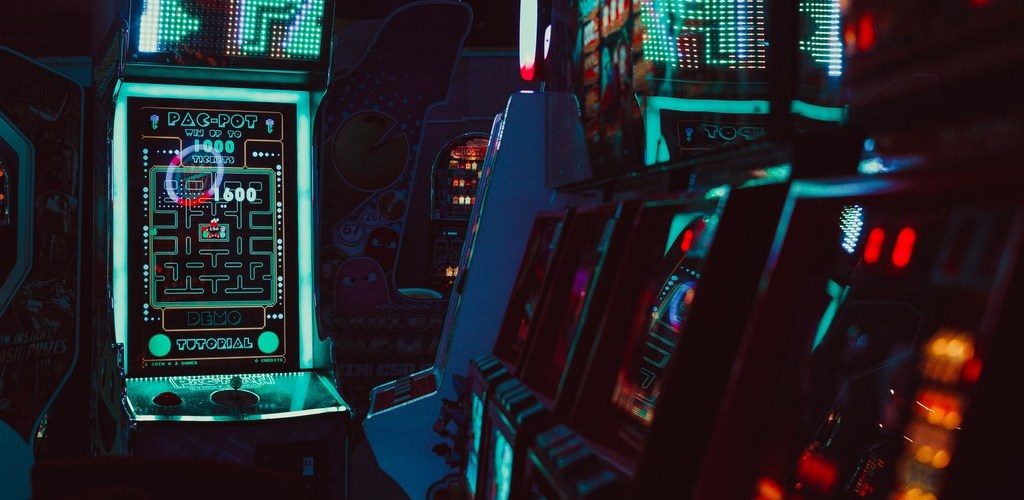Gamification has grown to be more than a buzzword and many companies attempt to use it to achieve competitive advantage and high ROIs. But many companies fail to implement gamification correctly and projects seem not to create the engagement levels that were expected.
Why is this? Why is it that Gamification is known to increase engagement but many companies struggle to get it right? What can you do to ensure that your Gamification initiative will be successful?
To help you on your way, we have prepared a list of 10 Secret Ingredients for Successful Gamification. Based on many years of leading the Gamification space, we think that those ingredients will serve you well when developing your Gamification Project.
Here are the first 5 Secret Ingredients of Successful Gamification
Gamification, integrated into your product design
In my practice as Gamification consultant, I have seen many companies that think that Gamification can be added on top of an existing solution. Even worse, they design the core functionality first and then gamify it by adding points, levels, badges, leaderboards or other game mechanics. Unfortunately, this approach has proven to lead to failure so, please, avoid this mistake.
For your project to be successful, you must integrate Gamification into your product design from the start. Follow a design path that creates an engaging experience using the 8 Core Drives of human motivation throughout the 4 phases of the user experience. In one of my previous posts, I wrote that Gamification cannot be just the icing on the cake.
To be successful in getting a high and sustainable return on investment for your business goals, you must consider Gamification as an integral part of the cake, like sugar, flour, eggs and all the other ingredients that make that cake so yummy.
Well Defined and Prioritized Business Metrics
Business Metrics are the key goals, numbers or results that you want your business to improve on or achieve. Defining and prioritizing Business Metrics is an important step to ensure that you know what you are designing for. Does this sound like an easy task for you? Can you create a list of the most important Business Metrics for your business?
You will be surprised to learn that quite often our clients spend days or even weeks to define and agree on their list of Business Metrics. One of the reasons for this is because Business Metrics should always be prioritized starting from the top Business Metric, the number two Business Metric, and so on.
In Gamification, this prioritization is crucial for your motivation design because usually, you will be able to optimize only for one or two Business Metrics. For example, you should decide whether you want to increase new user signups; maximize weekly return rates; share coefficients and user churn. You will have to decide which one is more important for your business and create a design that is optimized based on your priorities.
Another very important aspect of the process of defining Business Metrics is that once defined and agreed on by the team you should not make changes to the list. If you change your Business Metrics in the middle of the project you will have to start from scratch which will be quite disturbing.
Well-defined target users
Always identify your target users before you start with your Gamification design. This will help you evaluate what are the Core Drives and the Anti-Core Drives that motivate them and design a system that addresses those Core Drives. Remember, your ultimate goal should always be to think about and consider people’s motivations and which of the 8 Core Drives motivate best your main user group. If you do your analysis well, you will then be able to implement game techniques that are successful in driving desired behavior.
Moreover, when you form your user groups, do it based on how they are differently motivated and not based on the fact that they, for example, look different. For example, if you discover that people are more motivated based on their cultural differences than based on their gender it will be better to divide them into users from North America and Europe rather than Males and Females.
Good long-term engagement design
When it comes to Gamification, one of the important aspects of the overall success of your project is whether it will be engaging for your audience in a long-term. Will your users keep coming back after a year or two or they will stop using with your solution in a few weeks or months?
Consider for example the cases of Pokémon Go and World of Warcraft. Within days after its launch, Pokémon Go became phenomenally popular and demonstrated a high potential for growth. I still remember seeing groups of people wandering like ghosts around the streets at night, looking at their phones and catching Pokemons. Unfortunately, a little more than a year after its astonishing success the daily active users of Pokémon Go dropped by five times, from 28.5 million to an about 5 million in the US.
On the other hand, millions of people continued to play World of Warcraft for more than a decade without a significant drop in users. I believe that the main reason for this difference can be found in the Endgame design of both games. You may ask, what can I do to create a good long-term engagement design? What are the ingredients of a good Endgame?
The main ingredients of a successful Endgame are the Right Brain Core Drives which make the experience intrinsically motivating through Empowerment of Creativity and Feedback (Core Drive 3), Social Influence and Relatedness (Core Drive 5), Unpredictability and Unpredictability and Curiosity (Core Drive 7).
Intrinsic motivation makes tasks more enjoying and fun to do and will make your users feel empowered and long-term happy in what they are doing. Some of the most successful game techniques that you can use in the Endgame include Unpredictable Rewards such as Easter Eggs, Mystery Boxes, or Social Treasures, Mentorship and Competitions between veteran players, or even ability to design own Boosters that could give users unique advantages over other players.
In fact, there is almost no limit to the number of game techniques that you could use to make the Endgame experience engaging. The only thing you have to do is include the Endgame design in your project.
Management / Investors Support
Earlier in my professional career, I was working for one of the largest pharmaceutical companies in the world on a project that according to me was years ahead of its time in terms of scale, impact, and vision. If successful the project would have boosted company’s internal communication, knowledge sharing, personal growth and recognition for thousands of employees with the potential to bring a huge impact to the organization in the long run.
Unfortunately, the project failed and I believe that the main reason for this failure was that there was lack of support from top management.
If you work in an organization where the success of your project depends on the support from senior management, make sure that you create a well-defined strategy to keep all key stakeholders involved.
To be successful you will need to have a buy-in from all key people on the board or if you are a startup from all key investors. Here are a couple of things you could do:
- When you pitch your idea use Core Drive 2, 7 techniques to make sure it is recognized as a pleasant novelty and as something unexpected, and out of the ordinary.
- Make sure that the project will provide a benefit to the person you speak with and show this benefit to them using intriguing and well structured visual presentations.
- Put your big idea into an easily understood context and don’t bombard people with too much information.
- Identify and address any Anti-Core Drives that may trigger fear and may be considered threatening
- Show them where they can provide assistance and how they are going to support you.
- Give regular updates and sync with all main stakeholders
These were the first 5 Secret Ingredients of Successful Gamification. Needless to say, you will need the complete list of 10 to develop a successful Gamification Project. Updates are coming soon so stay tuned and continue to follow our blog.
Curious to find out how we can help to design a truly engaging experience for your organization? Want to know how we can help you design high ROI Gamification design?
Are you struggling to get your customers engaged so they buy your products again and again? How to keep your employees motivated and engaged in their work?
Don’t worry, we can help. The Octalysis Group has a long and proven track record of creating high ROI engagement designs.
Contact us for a free consultation.
ivan@octalysisgroup.com








